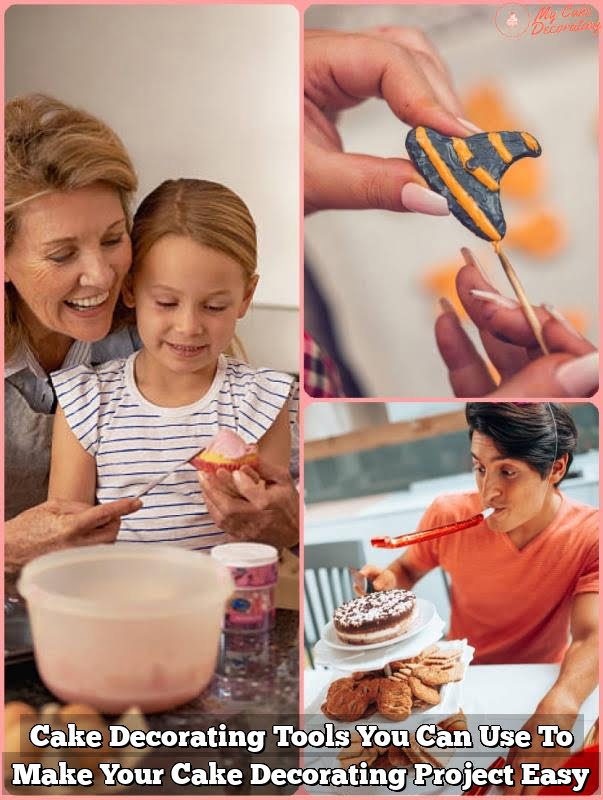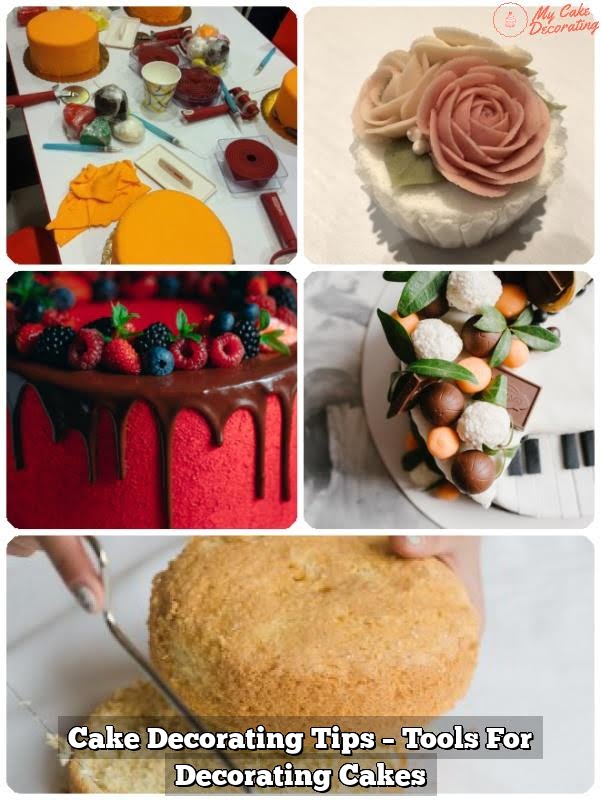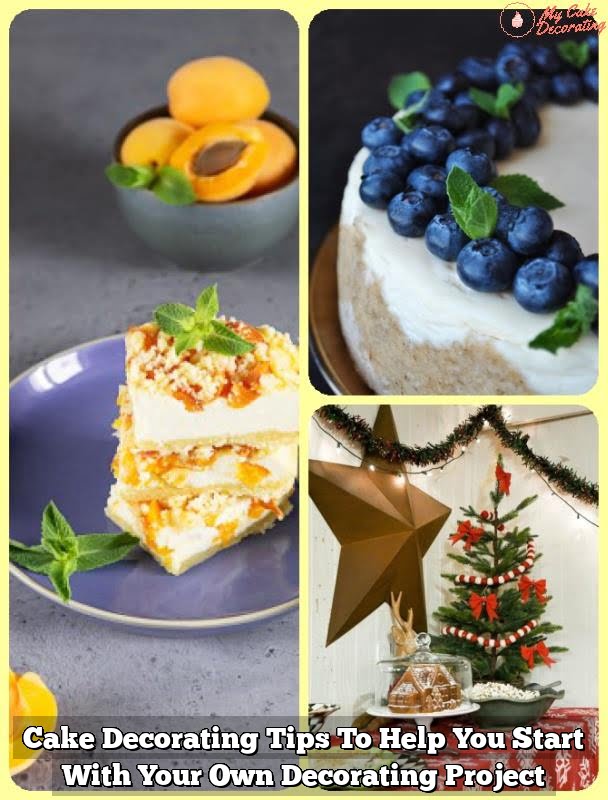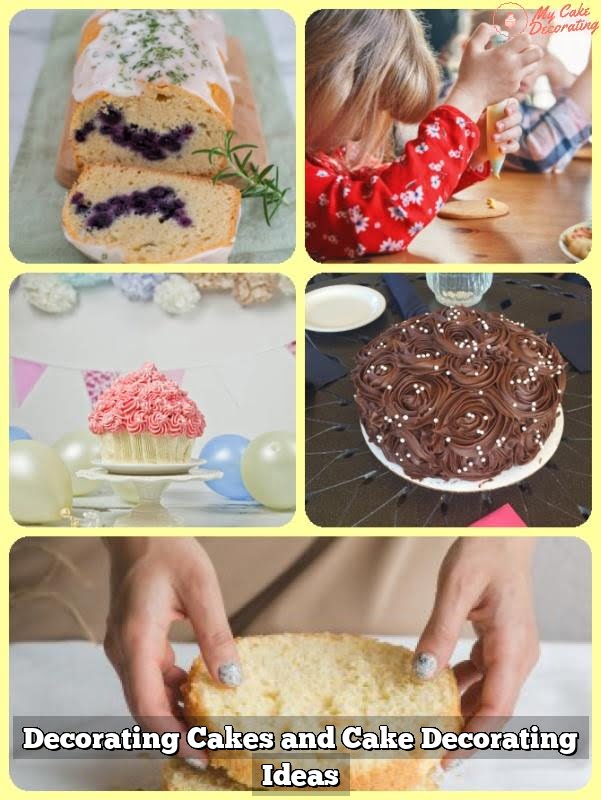Isomalt, a versatile sugar substitute, has become increasingly popular in the world of cake decorating due to its unique properties and flexibility. From creating stunning edible decorations to adding structural elements to intricate designs, isomalt offers endless possibilities for cake artists. In this article, we will explore how to use isomalt in cake decorating, including the different types available, safety precautions, essential tools and supplies, coloring techniques, decorative elements creation, troubleshooting common issues, and resources for further learning.
Isomalt is a type of sugar alcohol that is derived from beets and has been used in the food industry for decades. Its ability to withstand high temperatures without browning makes it ideal for creating clear and vibrant sugar art.
Cake decorators have embraced isomalt for its versatility in creating delicate shapes such as flowers and gemstones, as well as for adding a touch of elegance to their designs with its glass-like appearance. Whether you are new to cake decorating or looking to expand your skills, learning how to effectively use isomalt can elevate your creations to the next level.
Throughout this article, we will provide valuable insights into using different types of isomalt for cake decorating, safety precautions and tips for handling it properly, essential tools and supplies needed for successful usage, various coloring methods, techniques for creating decorative elements with isomalt, troubleshooting common issues that may arise during the process, and recommendations for further learning.
Whether you are a beginner or seasoned pro at cake decorating, mastering the art of working with isomalt can open up a world of creative possibilities.
Types of Isomalt for Cake Decorating
Isomalt is a versatile sugar substitute that has gained popularity for its use in cake decorating. There are different types of isomalt available in the market, and each type comes with its own set of pros and cons. Understanding the different types of isomalt is crucial for beginners, as it can determine the success of their cake decorating endeavors.
Types of Isomalt Available
There are primarily two types of isomalt available for cake decorating: regular granulated isomalt and pre-cooked isomalt. Regular granulated isomalt requires melting and cooking before it can be used for cake decorating purposes. On the other hand, pre-cooked isomalt comes in ready-to-use liquid form, making it more convenient for beginners. Both types have their own advantages and disadvantages, so it’s important to consider which type best suits your specific needs and skill level.
Pros and Cons
Regular granulated isomalt offers more flexibility in terms of shaping and molding, as it can be manipulated into various forms once melted. However, it requires precision in temperature control during melting and may take longer to prepare. Pre-cooked isomalt, on the other hand, provides convenience and ease of use for beginners, but may not offer as much flexibility in shaping compared to the regular granulated type.
Recommendations for Beginners
For those new to using isomalt in cake decorating, it’s advisable to start with pre-cooked isomalt due to its convenience and ease of use. As beginners become more comfortable with working with isomalt, they can then explore using regular granulated isomalt for more intricate designs and decorations. It’s essential to consider personal preferences and project requirements when choosing the type of isomalt to use.
Understanding the types of isomalt available for cake decorating allows decorators to make informed decisions about which type best suits their needs. Whether opting for regular granulated or pre-cooked isomalt, each type offers unique benefits that can enhance the creative process of cake decorating. With proper research and practice, decorators can successfully utilize both types of isomalt in their decorative projects.
Safety Precautions and Tips for Using Isomalt
Isomalt is a versatile and popular ingredient in cake decorating, known for its ability to create beautiful and intricate designs. However, it’s important to take safety precautions when working with this sweetener to ensure a successful and safe decorating experience.
Proper handling of isomalt is crucial to avoid accidents and injuries. When melting isomalt, it’s important to use caution as the substance can reach extremely high temperatures. Always wear heat-resistant gloves and protective eyewear when handling molten isomalt to prevent burns. Additionally, be mindful of the hot tools and equipment involved in working with isomalt, such as silicone molds and metal shaping tools.
Storing isomalt correctly is also essential for maintaining its quality and preventing accidents. Keep isomalt in a dry environment away from moisture, as exposure to water can cause it to crystallize or become sticky. Store it in an airtight container at room temperature to preserve its integrity for future use.
In addition to safety measures, there are some tips that can help ensure successful use of isomalt in cake decorating. For example, using a digital candy thermometer can assist in accurately monitoring the temperature of the melted isomalt, which is crucial for achieving the right consistency.
It’s also helpful to work with isomalt in a clean and well-lit area to avoid making mistakes or overlooking safety hazards. By following these safety precautions and tips, decorators can confidently incorporate isomalt into their cake designs while prioritizing their well-being throughout the process.
Tools and Supplies for Working With Isomalt
Essential Tools and Supplies
When working with isomalt in cake decorating, there are several essential tools and supplies that you will need to have on hand. These include a heavy-bottomed saucepan for melting the isomalt, silicone molds for shaping the melted isomalt, a candy thermometer to ensure precise temperature control, and heat-resistant gloves to protect your hands from the hot isomalt.
Additionally, having a silicone baking mat or parchment paper will make it easier to work with the melted isomalt and prevent it from sticking to surfaces.
Alternative Options for Beginners
For beginners who may not have access to specialized cake decorating tools and supplies, there are alternative options that can be used when working with isomalt. Instead of silicone molds, glass containers or metal cookie cutters can be used to shape the melted isomalt.
A regular kitchen thermometer can also be used as a substitute for a candy thermometer, although it may not provide as precise measurements. In place of heat-resistant gloves, using oven mitts or thick dish towels can help protect your hands while handling hot isomalt.
Recommended Brands and Products
When it comes to selecting isomalt for cake decorating, there are various brands and products available on the market. Some popular brands known for producing high-quality isomalt include CakePlay, Simi Cakes & Confections, and Chef Alan Tetreault Select Products.
It’s important to read reviews and consider factors such as clarity, ease of use, and shelf life when choosing an isomalt product. Additionally, investing in a good quality candy thermometer from reputable brands like Taylor Precision Products or CDN can ensure accurate temperature readings when working with isomalt.
By having the right tools and supplies at your disposal, you can confidently explore how to use isomalt in cake decorating while creating stunning edible decorations for your cakes.
Techniques for Using Isomalt in Cake Decorating
Isomalt is a versatile and popular ingredient in cake decorating, known for its clear, glass-like appearance and ease of use. Understanding the various techniques for using isomalt can elevate your cake decorating skills and open up a world of creative possibilities. Whether you’re a beginner or an experienced baker, mastering the art of working with isomalt can take your cakes to the next level.
First and foremost, it’s important to know how to melt, pour, and shape isomalt effectively. To start, you’ll need to heat the isomalt granules in a saucepan until they are completely melted.
Be sure to use a candy thermometer to monitor the temperature, as overheating can cause the isomalt to discolor. Once melted, carefully pour the liquid isomalt onto a silicone baking mat or parchment paper and allow it to cool slightly before shaping it into your desired form.
For more advanced techniques, consider exploring methods such as pulling and blowing isomalt. Pulling involves stretching heated isomalt into thin strands to create delicate decorations like sugar ribbons or intricate designs. Blowing, on the other hand, allows you to use your breath (or a handheld air pump) to create delicate bubbles or hollow shapes for added visual interest on your cakes.
To enhance your understanding of these techniques and gain confidence in working with isomalt, consider practicing on a small scale before attempting larger cake decorations. Additionally, online tutorials and workshops led by experienced cake decorators can provide valuable insight into mastering these techniques for using isomalt in cake decorating.
| Techniques for Using Isomalt | Data |
|---|---|
| Melting Isomlat | Heating granules until completely melted; using candy thermometer |
| Pouring & Shaping | Pouring onto silicone baking mat; cooling before shaping |
| Pulling & Blowing | Stretching heated isomlat into thin strands (pulling); creating bubbles or shapes with breath or air pump (blowing) |
Coloring Isomalt for Cake Decorating
Isomalt can be a versatile and beautiful addition to your cake decorating toolkit. In order to achieve the most visually stunning results, it is essential to know how to properly color isomalt. There are several methods for coloring isomalt, each with its own advantages and considerations.
One common method for coloring isomalt is to use gel food coloring. This method allows for precise control over the intensity of the color and can produce vibrant and consistent results. It is important to note that liquid food coloring should be avoided, as it can cause the isomalt to seize and become unworkable.
Another option for coloring isomalt is using powdered or dust food coloring. This method may require some experimentation to achieve the desired hue, but it can result in a more opaque finish and unique effects that cannot be achieved with liquid or gel coloring.
In addition to traditional food coloring, you can also use luster dust or pearl dust for a shimmery effect. Simply dust the finished isomalt creation with the desired color for a subtle yet elegant touch. When using any type of coloring agent, be mindful of adding too much as this can affect the consistency and workability of the isomalt.
By experimenting with these different methods for coloring isomalt, you can achieve a wide range of effects and elevate your cake decorating designs. It’s important to remember that practice makes perfect when working with colored isomalt, so don’t be afraid to experiment and have fun with different colors and techniques.
Creating Decorative Elements With Isomalt
Isomalt is a versatile and visually stunning medium that can be used to create a wide range of decorative elements for cake decorating. Whether you’re looking to add elegant sugar jewels, intricate sugar flowers, or unique sculptures to your cakes, isomalt can be the perfect choice for adding a touch of artistry to your creations.
One of the most common uses of isomalt in cake decorating is for creating edible gems and jewels. Isomalt’s clear, glass-like appearance makes it an ideal material for crafting sparkling diamonds, emeralds, rubies, and other gemstone-inspired decorations. With the right techniques and molds, you can easily produce eye-catching accents that will elevate the look of any cake.
In addition to gems and jewels, isomalt can also be shaped into delicate flowers and foliage to adorn cakes. From simple rose petals to intricate orchids and lilies, isomalt offers decorators the opportunity to add realistic and breathtaking floral details to their designs. By utilizing specialized molds and tools, you can achieve stunning botanical elements that are sure to impress any recipient.
Troubleshooting Common Issues With Isomalt
Isomalt is a versatile and popular ingredient in cake decorating, known for its ability to create stunning edible decorations and intricate designs. However, like any new skill, working with isomalt can come with its own set of challenges. In this section, we will discuss common issues that may arise when using isomalt in cake decorating and provide tips for troubleshooting these problems.
Some common issues that decorators may encounter when working with isomalt include bubbles forming in the melted isomalt, crystallization during the melting process, and stickiness when shaping or handling the isomalt. These issues can be frustrating, but with the right knowledge and techniques, they can easily be overcome.
Here are some tips for troubleshooting common issues with isomalt:
- Bubbles: To prevent bubbles from forming in your melted isomalt, try gently stirring the mixture while it melts to release any trapped air. You can also use a heat gun to quickly pop any bubbles that do form on the surface.
- Crystallization: If your isomalt starts to crystallize while melting, you can salvage it by adding a small amount of water and heating it gently until the crystals dissolve. Be sure to use caution as overcooking or overheating the mixture can cause it to yellow.
- Stickiness: If your isomalt becomes sticky while shaping or handling it, try dusting your hands and tools with cornstarch or powdered sugar to prevent sticking. You can also chill the isomalt briefly to make it easier to work with.
By following these troubleshooting tips and techniques, you’ll be better equipped to handle any issues that may arise when using isomalt in your cake decorating projects. Don’t be discouraged if things don’t go as planned – practice makes perfect, and experimentation is all part of the creative process.
Conclusion and Resources for Further Learning
In conclusion, using isomalt in cake decorating can open up a world of creative possibilities for both amateur and professional bakers. Its unique properties and versatility make it an exciting addition to the cake decorator’s toolkit. By understanding the different types of isomalt available, practicing proper safety precautions, and mastering various techniques for working with isomalt, decorators can elevate their designs and add stunning decorative elements to their creations.
For those just starting with isomalt, it’s important to remember that like any new skill, it takes practice to perfect. Beginner-friendly resources such as online tutorials, books, and workshops can provide valuable guidance and tips for using isomalt effectively in cake decorating. Furthermore, seeking out inspiration from established cake decorators who have successfully incorporated isomalt into their work can offer insight and ideas on how to use this medium creatively.
In the end, what matters most is the willingness to experiment and have fun with isomalt in cake decorating. Whether it’s adding vibrant colors to sugar sculptures or creating intricate designs for show-stopping cakes, the possibilities are endless when it comes to using isomalt. With dedication, patience, and a spirit of creativity, decorators can truly elevate their craft by mastering the art of working with this versatile sugar substitute.
Frequently Asked Questions
How Do You Use Isomalt on a Cake?
Isomalt can be used on a cake to create decorative elements like flowers, gems, or other edible decorations. It is melted and then molded into the desired shape before it hardens.
Can You Put Isomalt on Buttercream?
Yes, you can put isomalt on buttercream. It’s important to make sure the isomalt has completely cooled and hardened before placing it on the buttercream to avoid melting or warping.
How Do You Keep Isomalt From Sticking?
To keep isomalt from sticking, it’s helpful to work with isomalt in a cool, dry environment. Using silicone molds or non-stick cooking spray can also help prevent the melted isomalt from sticking to surfaces.

Welcome to my blog about home and family. This blog is a place where I will share my thoughts, ideas, and experiences related to these important topics. I am a stay-at-home mom with two young children. I hope you enjoy reading it! and may find some helpful tips and ideas that will make your home and family life even better!





